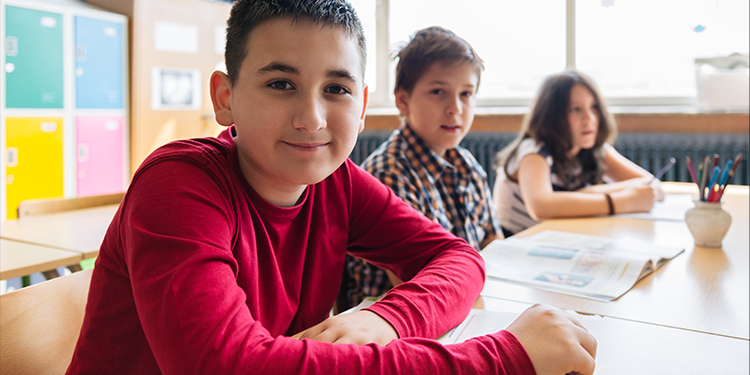INDIVIDUALIZED EDUCATION PROGRAMS
Let us know about your experience on our site. Use the link below to submit your thoughts.
IEP: The Plan for the Eligible Individual
Each eligible individual has an Individualized Education Program (IEP) which outlines and describes the learner’s special education program, including services and supports based on the unique needs as a result of the learner's disability. When developing an IEP, the IEP team must give careful consideration of the learner’s strengths, needs, and interests including involvement and progress in the Iowa Academic Standards, Iowa Early Learning Standards, or Iowa Core Essential Elements. An IEP should direct the student toward high expectations and assist the learner in achieving his or her goals plus meet the mission and goals of Iowa’s State Board of Education and Department of Education.

Types of IEPs and IEP Processes
There are three different types of IEPs: initial, annual, and interim. In addition, an IEP team may determine it is necessary to make changes by amending the existing IEP to meet the unique needs of the eligible individual.
IEP Teams
An IEP team is a group of individuals who come together to develop, review and revise a learner’s IEP. Each member of the team has clearly defined roles and responsibilities, as well as special knowledge about the learner and/or the special education services, activities, and supports which could benefit the learner.
Components of IEPs
When developing an IEP, the IEP team must identify a learner's present levels of academic achievement and functional performance, develop goals, determine how the learner's progress will be monitored, and determine the special education services and supports necessary to meet the learner’s unique needs.
Specific Age-Related IEP Requirements
IEP teams must address additional factors and considerations when developing IEPs for two specific groups of learners: Early Childhood (3-5-year olds) and Secondary Transition (starting the year a learner turns14 years old or sooner).
Early Childhood (students 3-5 years old)
For learners who are 3-5 years old and attending preschool, IEP teams must address specific educational and developmental factors within the preschool setting. Also, as children transition from preschool to kindergarten, IEP teams need to collaborate to support a smooth transition for the learner.
Secondary Transition (learners 13 years and older)
In Iowa, the year a learner turns 14 years old, or as soon as determined by the IEP team, the learner’s IEP team must begin the process of transition planning for the learner. The primary goal of secondary transition planning is to make the adjustment from high school to each learner's target future environment as smooth and successful as possible.
Transfer of Students
When students transfer between school districts within Iowa and/or move in and out of the state of Iowa, parents, districts, and AEA staff must work collaboratively to guarantee individual student records, including IEPs, are transferred in a timely manner and that students receive the services outlined in their IEP.
Behavior and Discipline
IEP teams must consider and address behavior for all eligible individuals. The IEP team will determine if the learner's behavior impacts his or her overall learning or the learning of other learners, as well as consider the use of positive behavioral interventions or other strategies to address the behavior. State and federal regulations outline specific requirements for addressing the behavior when a disciplinary action constitutes a change in placement for an eligible individual.
Unique Settings
Typically, eligible learners receive their education and special education services in a public school setting. However, there may be times when, either by IEP team decision or other circumstances, a student will receive their special education services in various other settings, such as home school, special schools, etc.